TAKING THE BAIT
A new documentary coming to the Nantucket Film Festival dives into the debate over the growing number of sharks in our waters.
story by Larry Lindner
The stunning surge in shark activity off the Cape and Islands is explored in filmmaker Ivy Meeropol’s masterfully shot and edited film, After the Bite, which will be showing at the Nantucket Film Festival on June 23. The film makes it clear that the biggest threat to bathers is off the Outer Cape, but still, Nantucket Harbormaster Sheila Lucey reports that “we ended up having seventy-two confirmed fin sightings last year. All of them were on the south shore or on the west end toward Madaket.” No surprise. While it can’t be known with certainty that all of those fins belonged to white sharks, Madaket is just seven miles from Muskeget, which has the largest gray seal breeding colony in North America. Eating a seal is “a McDonald’s outing” for a shark, says Wendy Puryear, a researcher at the Tufts Cummings School of Veterinary Medicine who appears in the film and whose current work centers on North Atlantic gray seals and the coastal environment. “It’s high in fat, and it’s a treat.”
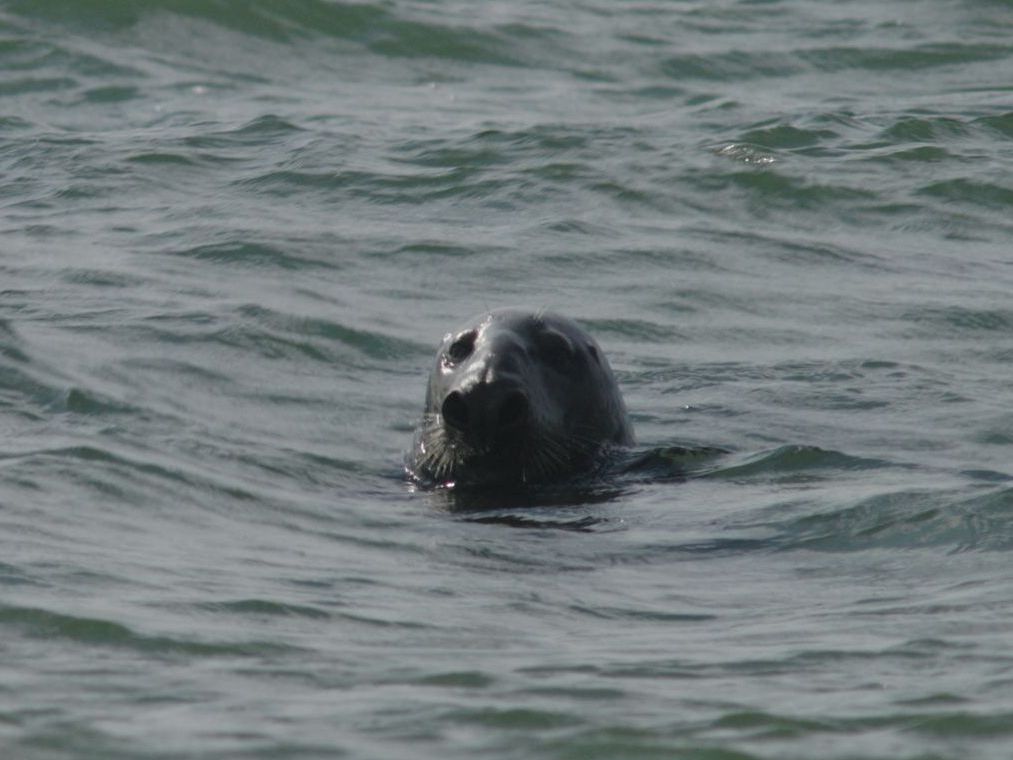
The burgeoning seal population is, in fact, a significant reason for sharks’ increasing presence in our waters. The seals’ numbers had been decimated by the middle of the last century; they were hunted in the belief that they were taking down the commercial fishing industry by competing for many of the same fish that people eat. “There was not much science behind it,” says Greg Skomal of the Massachusetts Division of Marine Fisheries and one of the foremost experts on white sharks. But, says Skomal, who is also featured in the film, “you could make five bucks by going out and killing a seal” and perhaps bringing back its nose or an ear.
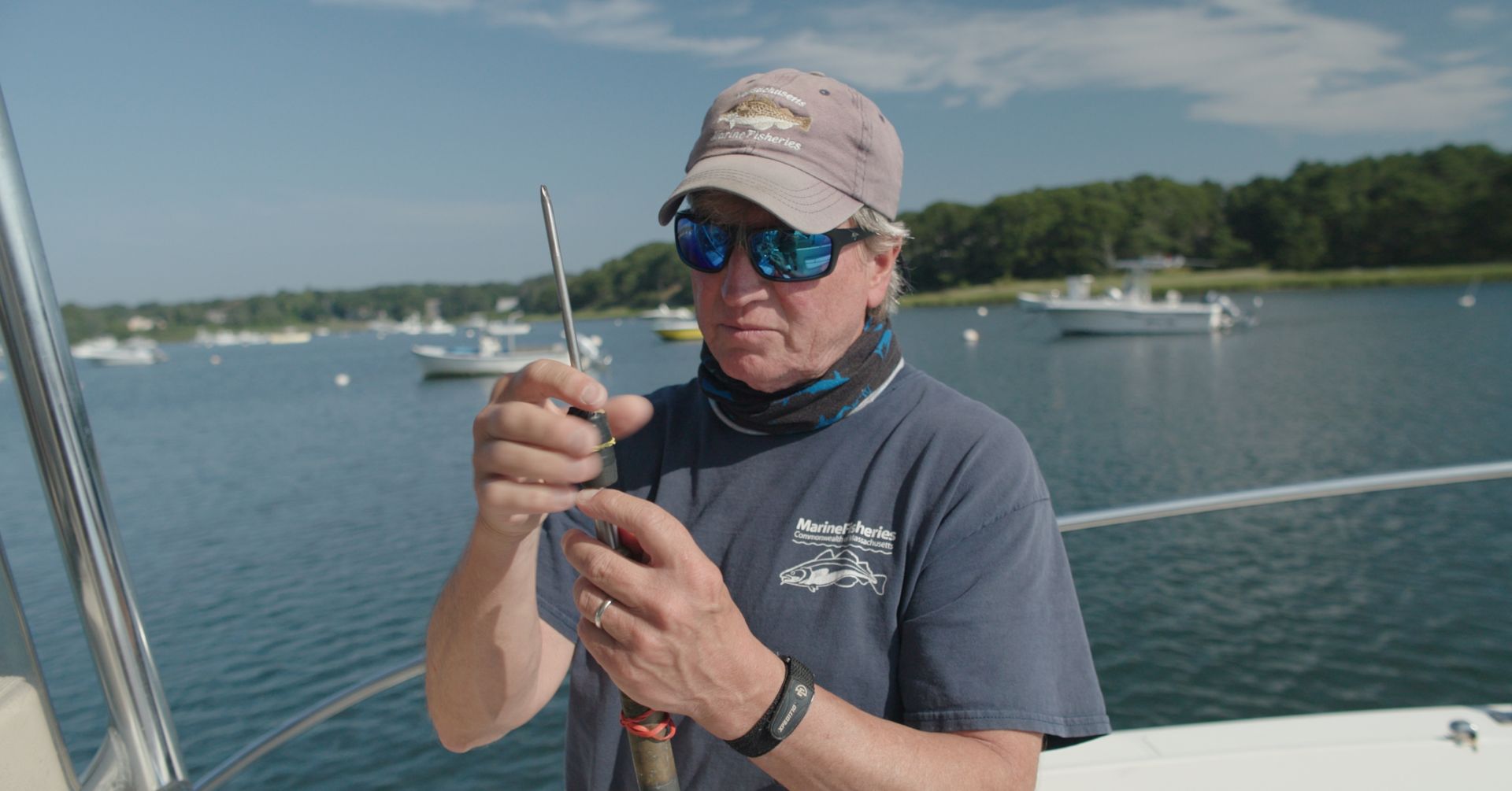
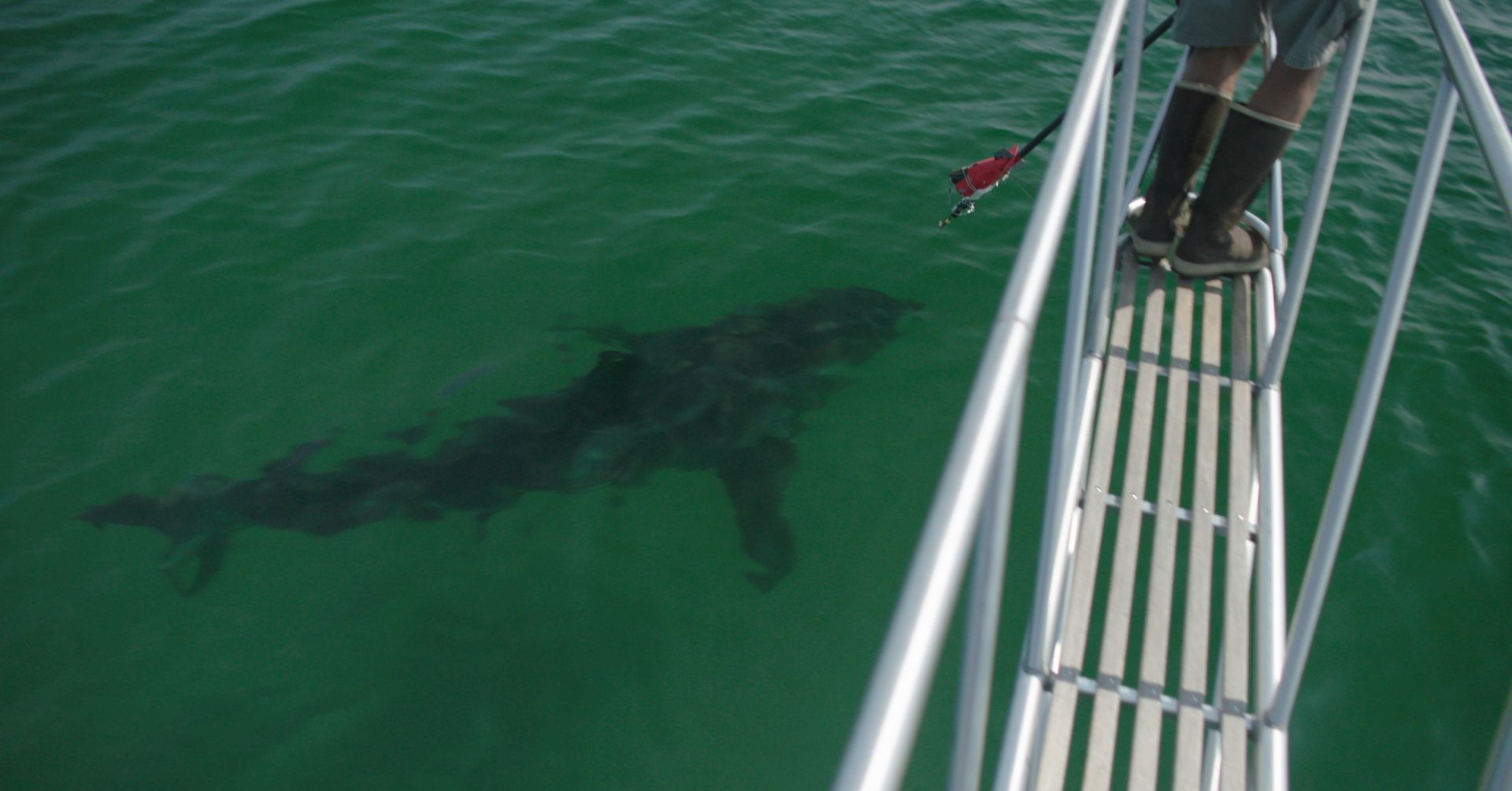
Still frames from the film, including Greg Skomal, the foremost expert on white sharks at the Massachusetts Division of Marine Fisheries
Then, in 1972, the Marine Mammal Protection Act was passed, and the seal population started rebounding. That drew the sharks back, especially during the last decade. “It’s our belief that sharks used to be here,” Skomal says. Indeed, the first recorded human fatality caused by a shark reportedly occurred off the coast of Colonial Massachusetts in the 1700s. The predators may not have been noticed much in previous centuries because going to the beach only came into vogue in the United States in the late 1800s.
Fast-forward to today and the risk of actually getting killed by a shark remains infinitesimally low, even along the Outer Cape, where research has shown that white sharks typically spend some 50 percent of their time in water less than 15 feet deep. On Nantucket, the threat is presumably lower still. “Sharks do not spend time in Nantucket Sound relative to other areas,” Skomal says. “And they’re transient as they’re moving through the island’s waters on the south side. They’re not staying there hunting. Great Point is an exception. There have been well-documented attacks on seals off Great Point. But Great Point is not typically accessed by most folks using Nantucket beaches.”
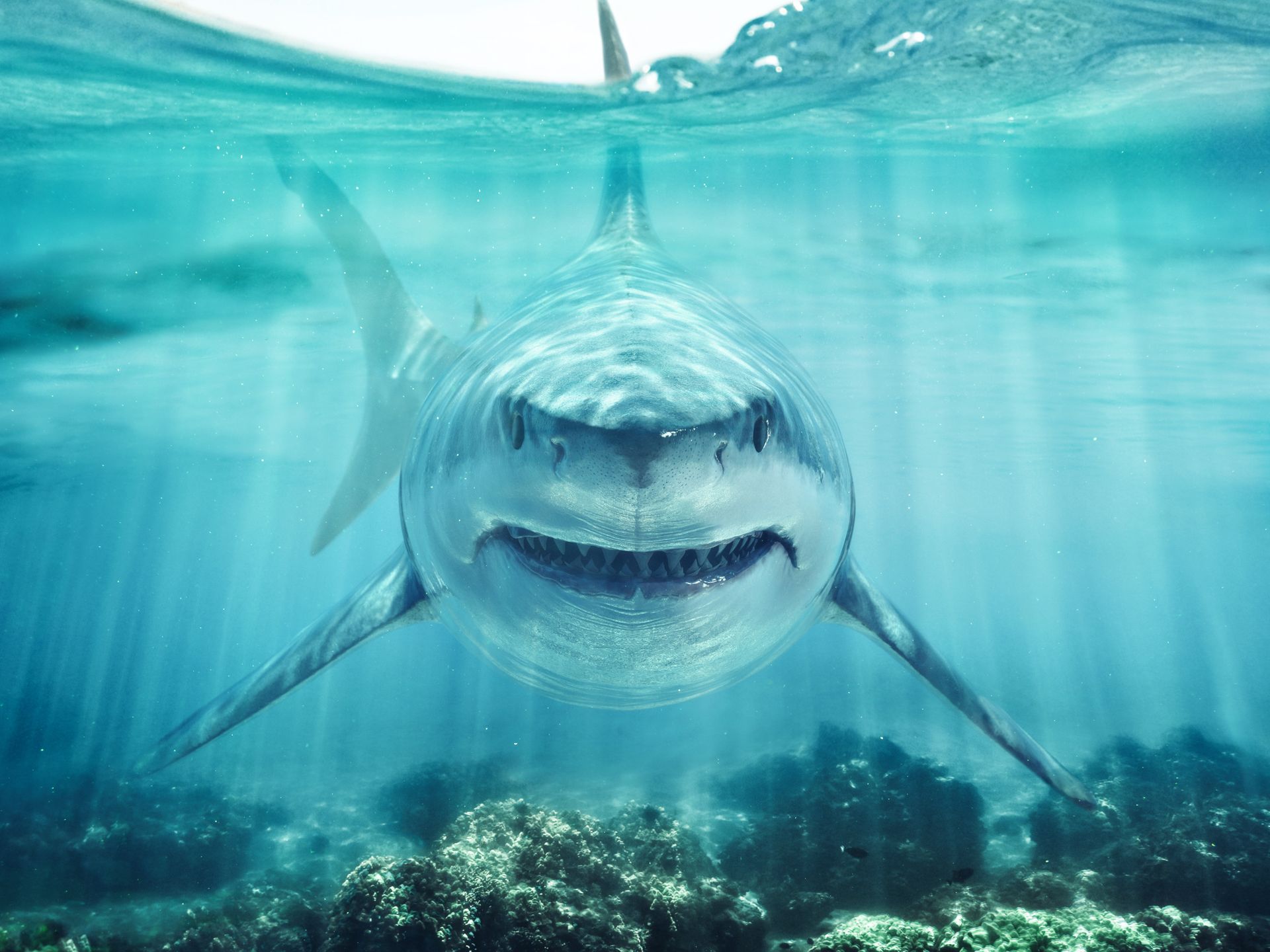
Not that you shouldn’t have a healthy vigilance no matter where you swim. But to put some context to the possibility of a fatal shark bite, your chance of drowning is about one in 1,100; your risk of getting killed by lightning, one in 80,000. The odds of being done in by a shark is one in 4.3 million, according to the International Shark Attack File.
Improving technology to help understand sharks’ movements should help keep the risk low, as will increased vigilance. On Nantucket, says Harbormaster Lucey, there are protocols in place for lifeguards to warn people away from the water for either one or two hours depending on where a fin sighting has been confirmed. Planes flying overhead also check for sharks. And the instruments to detect them, which Skomal says have reached Nantucket over the last two years, will no doubt improve.


Still, a number of fishermen are worried that the seal repopulation associated with the return of the sharks is cutting into their catch and ruining their livelihoods. Some in the tourism industry are concerned about business as well, because of people’s fears about coming to the seaside. Thus, sharks and the seals that entice them to our waters have become a political issue, one that Meeropol’s film mines by getting the views of those whose livelihoods depend on fish eaters and vacationers alike.
Juxtaposed against a subtle homage to Steven Spielberg’s 1975 blockbuster Jaws with scenes of people frolicking in the water to ominous background music, grizzled fishermen bemoan their dwindling businesses, and townspeople shout at local officials in town halls and school gyms with cinderblock walls.

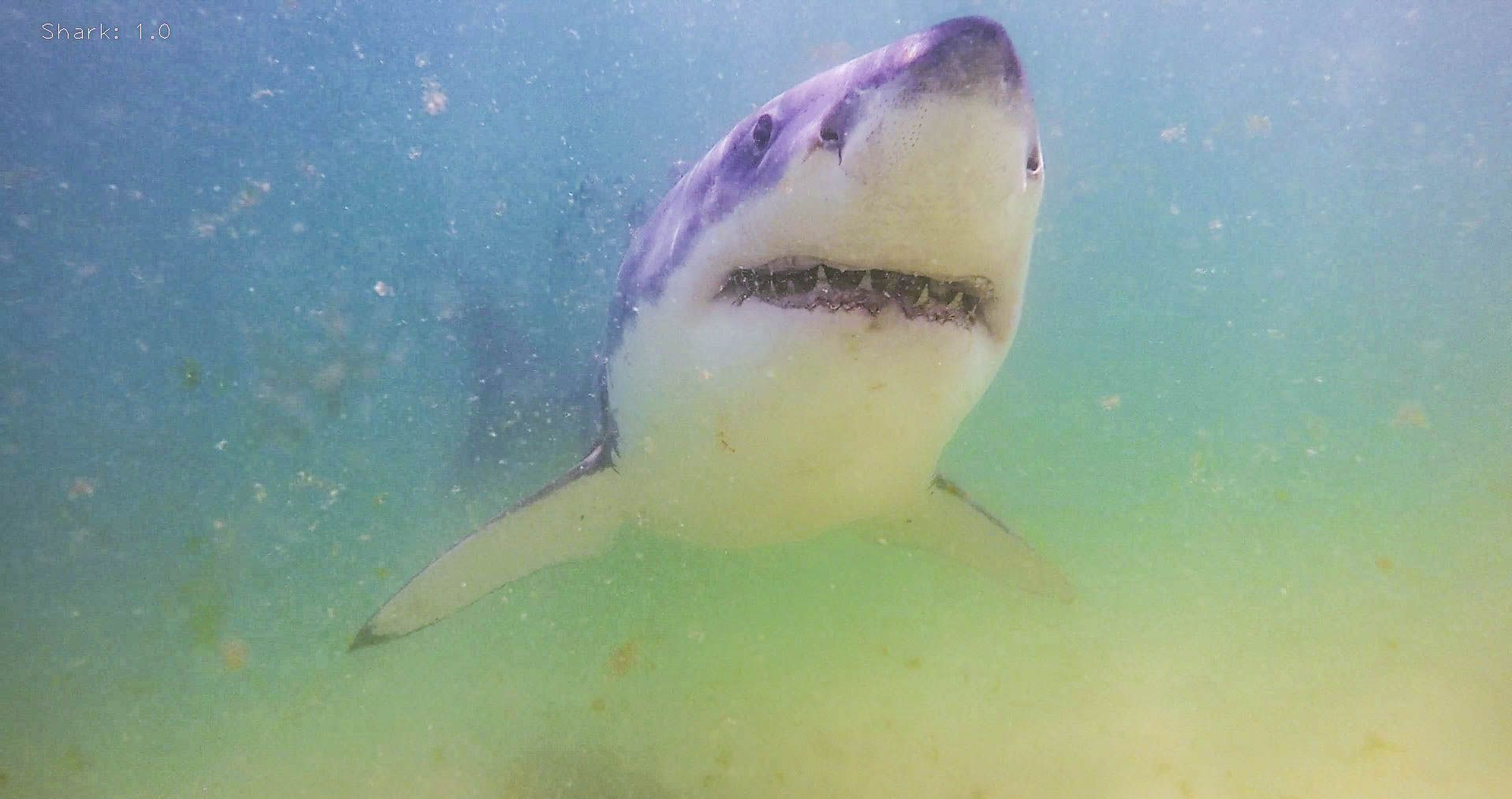
Skomal says, “We’ve developed a massive tourist economy.” That it’s now illegal to cull the seal population, which in turn would make Nantucket’s waters less interesting to sharks, is “a slap in the face to many people.”
Meeropol treats all the divergent opinions respectfully in the film, “in a way that does not vilify people I may not agree with,” she says. But in the end, even with her careful attention to the nuanced and not-so-nuanced implications for different segments of the population, the message tilts toward letting the seals thrive and the sharks feed in the local ecosystem.
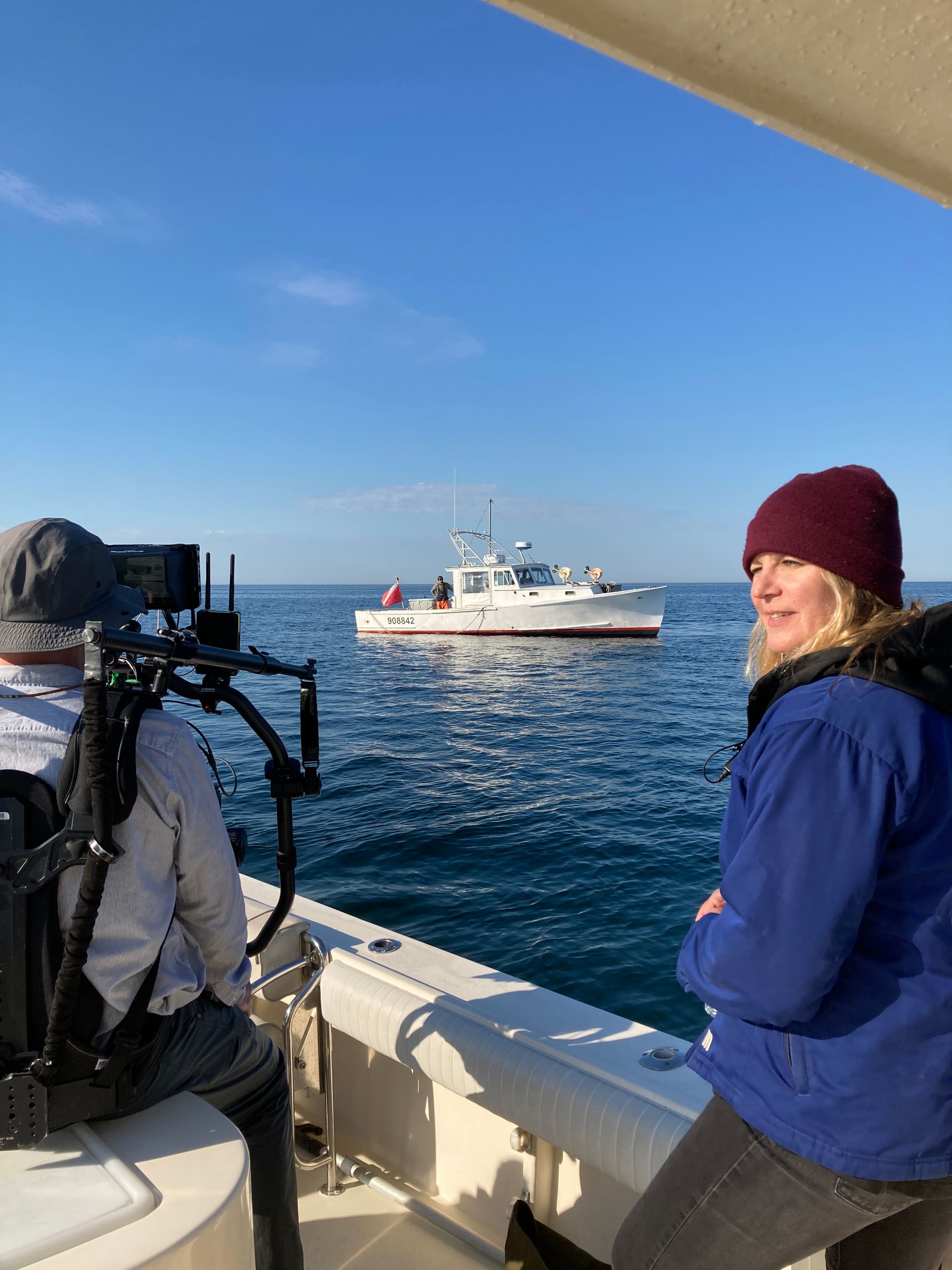
“I wanted people to consider their relationship to the natural world,” Meeropol says, “to deepen the conversation about coexistence with other species. Do you see yourself looking to dominate, or more from a position of awe and reverence? In making this film, I realized we know more about outer space than we do about the ocean...I find that amazing, and I think we should tread very lightly on [the sharks’] world. The ocean is their world. They’re 400 million years old. We only started going to the beach 100 years ago, and we act like it’s some birthright. But we are encroaching on their environment.” Meeropol adds that letting the natural world be is a way to help save the planet by respecting the ecosystem. We should “stop being distracted by the minimal possibility that you might get bitten by a shark if you’re swimming and pay attention to the real threat to all of us,” she says.
The scientists in the film agree. Says Tufts’ Puryear in one segment, “It’s easy to get caught up in the Jaws-esque angle to things and take our eye off the bigger picture that really we should be thinking about, which is that the health of one species really does impact all of us.” Adds another voice in After the Bite, “We’re one strand in the web of life...Humankind must learn humility.”
Even “if every single seal were to disappear overnight,” Puryear comments in our phone interview, “that wouldn’t flip a switch for sharks not to want to be here. Certainly it sweetens the deal for them, but there are a lot of other fish sources of food.” Puryear points out as well that climate has shifted in a way that also contributes to what has been going on in the waters off the Massachusetts coast. It’s not all about the seals. “We’re really in this very interesting kind of central zone with things colliding here,” she says. Marine life has come north as waters to the south have warmed, while at the same time animals are coming south with the melting of polar ice caps, seeking out a suitable habitat and prey. “It’s not that they’re replacing their cold environment” when they come to Massachusetts, she says. “It’s a little bit of a panic mode as all of a sudden their habitats are disappearing.”
Skomal concurs that nature should be allowed to take its course, and be protected. “As a species all of us know that we’ve impacted our planet globally and locally,” he says. “When I think about the white sharks and the seals, I like to describe it as the restoration of a healthy ecosystem. This is what happened long before people went to the beach.” Some might rather go swimming without any threat of sharks, he says. But, he comments, “I’ve asked people to realize this is a success story, along the lines of witnessing a herring run or ‘Look at that bald eagle. I’ve never seen that.’ I think the return of the seals and the sharks means we’ve done something right. I think people will embrace that.”
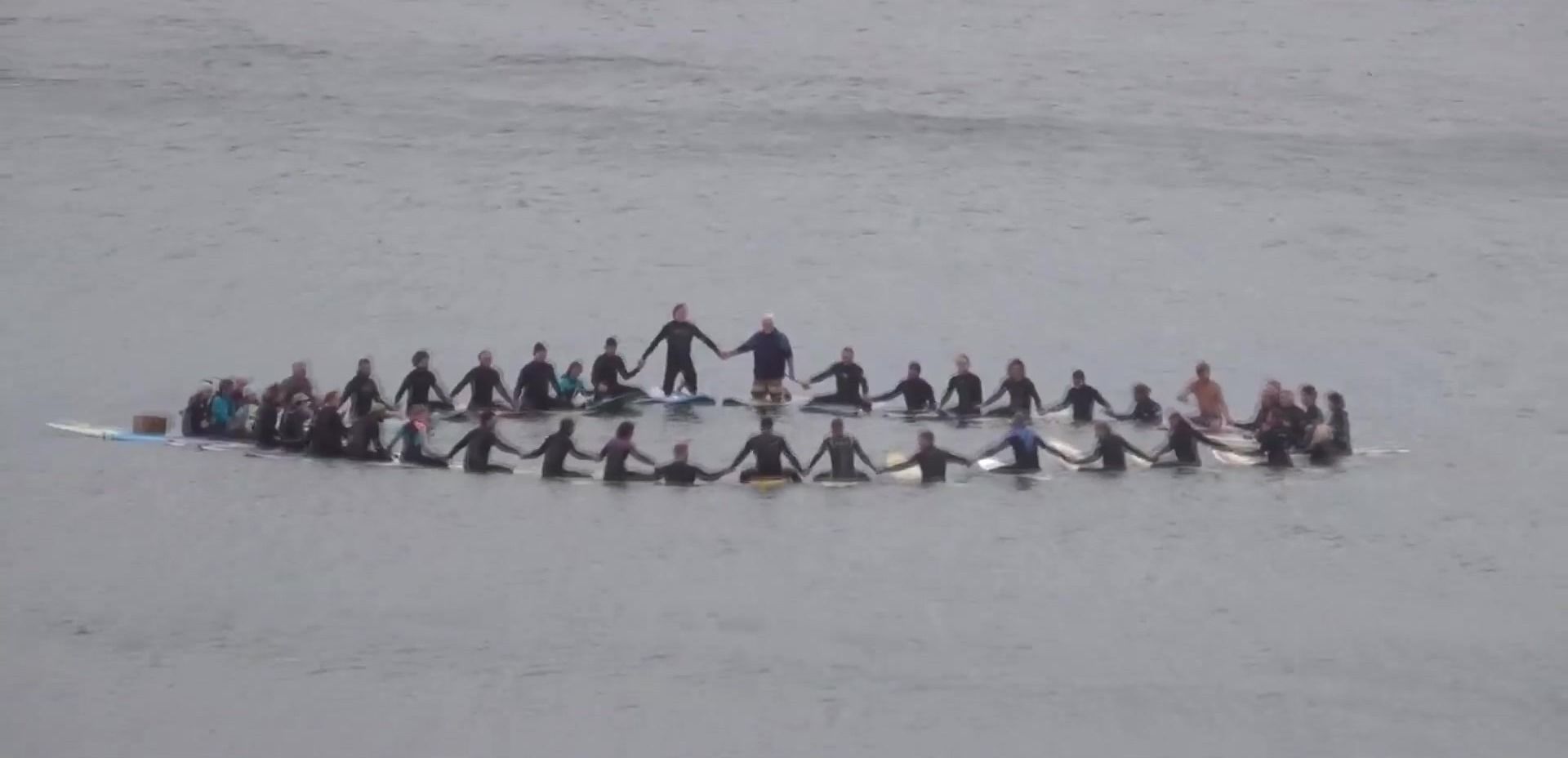
There will be a panel discussion following the showing of After the Bite on June 23rd, with participants including filmmaker Ivy Meeropol and Greg Skomal; N Magazine editor Rob Cocuzzo will moderate.
For alerts about sharks (often in real time), download the Atlantic White Shark Conservancy’s Sharktivity app at the organization’s website: atlanticwhiteshark.org. The app, which has already been downloaded by more than 750,000 people, tells not only when but how close to shore there has been a shark sighting. The conservancy’s website offers safety tips under its Education tab.






